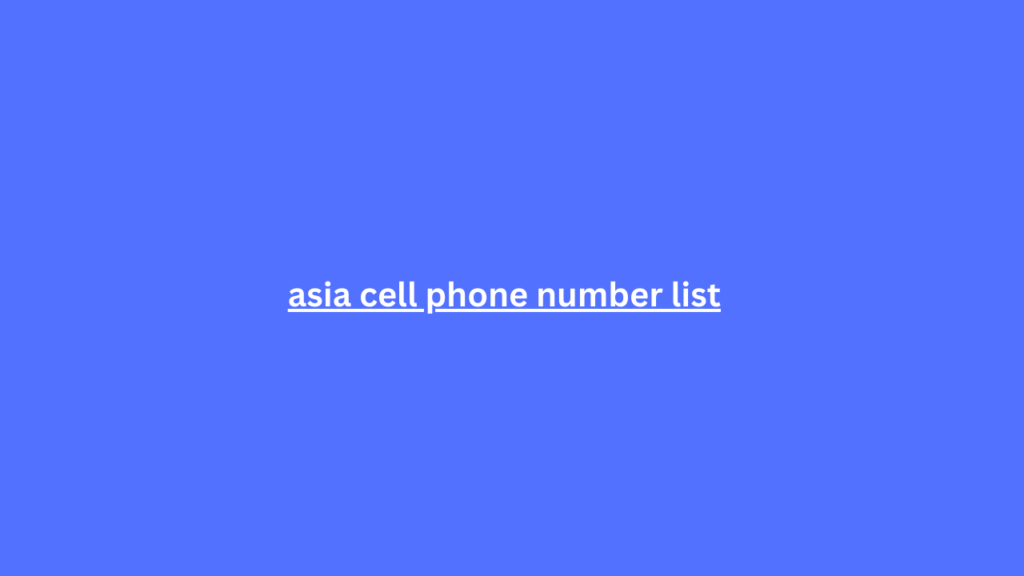Basic tips for creating smart content
Posted: Tue Dec 17, 2024 3:40 am
The basis of any contextual marketing strategy has to do with these three questions: who is the user ( buyer persona ), at what point in the purchasing process they are when they reach your website ( buyer's journey ) and what are they looking for .
For all these reasons, when creating smart content, you should keep these six tips in mind :
Determine the goal of personalization . When we talk about contextual marketing, you should always ask yourself this question: is it really going to help your website visitors? Basically, there are two asia cell phone number list reasons to use smart content: to boost engagement and to communicate specific details on an individual basis. As a general rule, if it's not useful, it's pointless. That's it.
Make a map of the entire process . First, decide which specific segment you want to target and visualize the conversion path for both the default version and each of the smart content.

Start small . It's important to start small and not be tempted to use contextual marketing for everything. This will give you a better understanding of how it works and what can be improved.
Optimize for search engines and new visitors first . Set defaults for all personalization efforts and remember that core content is what search engines and first-time visitors see. Keep in mind that search engines evaluate default content and are unable to read variations.
Don't create confusion or alarm . Even if the visitor remembers that he filled out a form on one of his previous visits, inappropriate use of that information can cause alarm. If I return to a website three weeks after downloading some kind of offer and the first thing I see (without registering) is a huge message that says "Welcome, Carlos. What's the weather like in A Coruña?", then I might back out, not only because it's an unnecessary message, but also because it's too intrusive. It's something that may make sense in an email, but it's not a use we're used to on a website. Smart content has to be focused on helping users and in many cases it should be imperceptible to visitors.
For all these reasons, when creating smart content, you should keep these six tips in mind :
Determine the goal of personalization . When we talk about contextual marketing, you should always ask yourself this question: is it really going to help your website visitors? Basically, there are two asia cell phone number list reasons to use smart content: to boost engagement and to communicate specific details on an individual basis. As a general rule, if it's not useful, it's pointless. That's it.
Make a map of the entire process . First, decide which specific segment you want to target and visualize the conversion path for both the default version and each of the smart content.

Start small . It's important to start small and not be tempted to use contextual marketing for everything. This will give you a better understanding of how it works and what can be improved.
Optimize for search engines and new visitors first . Set defaults for all personalization efforts and remember that core content is what search engines and first-time visitors see. Keep in mind that search engines evaluate default content and are unable to read variations.
Don't create confusion or alarm . Even if the visitor remembers that he filled out a form on one of his previous visits, inappropriate use of that information can cause alarm. If I return to a website three weeks after downloading some kind of offer and the first thing I see (without registering) is a huge message that says "Welcome, Carlos. What's the weather like in A Coruña?", then I might back out, not only because it's an unnecessary message, but also because it's too intrusive. It's something that may make sense in an email, but it's not a use we're used to on a website. Smart content has to be focused on helping users and in many cases it should be imperceptible to visitors.